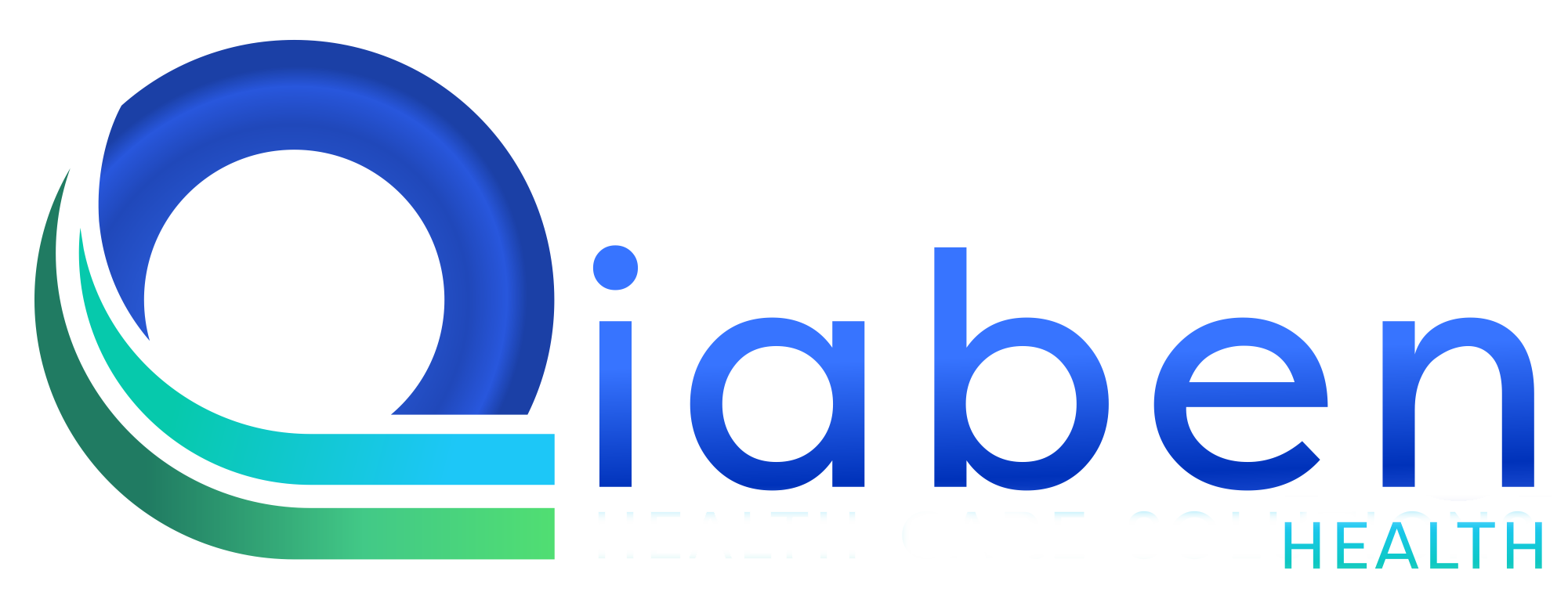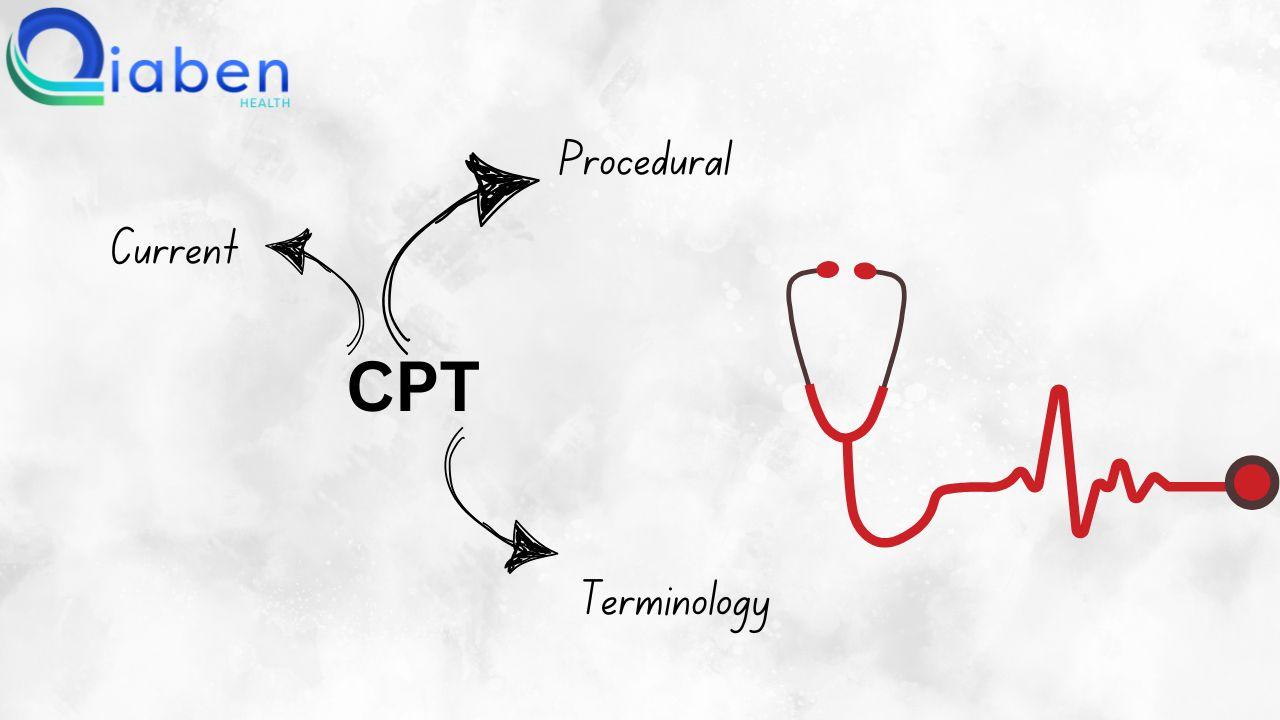Introduction
Transitioning to a new Electronic Health Record (EHR) system can seem daunting. But with Qiaben’s free EHR software, the process can be more straightforward and cost-effective than you might think. This guide will walk you through the steps necessary to make a seamless transition to Qiaben’s EHR, ensuring that your clinic reaps the benefits of modern healthcare technology without breaking the bank.
Understanding EHR Systems
What is an EHR?
An Electronic Health Record (EHR) is a digital version of a patient’s paper chart. It is real-time, patient-centered records that make information available instantly and securely to authorized users. EHRs contain patients’ medical history, diagnoses, medications, treatment plans, immunization dates, allergies, radiology images, and laboratory test results.
Benefits of EHR over Paper Records
Switching from paper to electronic records offers numerous advantages:
- Efficiency: EHRs streamline workflows, reducing the time spent on administrative tasks.
- Accuracy: Digital records minimize the risk of errors related to handwriting or lost files.
- Accessibility: EHRs provide quick access to patient information, improving care coordination.
- Security: Digital records can be encrypted and backed up, enhancing data security compared to paper files.
Why Choose Qiaben?
Key Features of Qiaben’s Free EHR
Qiaben’s EHR software offers a range of features designed to enhance clinical operations:
- User-Friendly Interface: Intuitive design makes it easy for staff to learn and use.
- Comprehensive Patient Management: Includes scheduling, billing, and patient communication tools.
- Customization Options: Flexible templates and workflows to suit your clinic’s needs.
- Cloud-Based: Access patient records from anywhere, with automatic updates and backups.
Cost-Benefit Analysis: Free vs. Paid EHR Systems
While paid EHR systems can offer extensive features, Qiaben’s free EHR provides essential functionalities at no cost, making it ideal for small to mid-sized clinics. It eliminates the financial burden of high upfront costs and subscription fees while still offering robust capabilities for managing patient records.
Preparing for the Transition
Evaluating Current Systems
Before you switch to Qiaben, assess your current record-keeping system. Identify the strengths and weaknesses, and determine what features are crucial in the new EHR. This evaluation will help in setting realistic goals and expectations for the transition.
Setting Clear Goals and Objectives
Define what you hope to achieve with Qiaben’s EHR. Goals might include improving patient care, increasing efficiency, or reducing costs. Clear objectives will guide the transition process and provide benchmarks for success.
Data Migration Planning
Assessing Data Needs
Determine which data needs to be migrated to the new system. This might include patient demographics, medical histories, treatment plans, and billing information. Prioritize critical data to ensure no essential information is lost during the transition.
Choosing Data Migration Tools
Select the appropriate tools and methods for data migration. Qiaben may offer built-in tools or support third-party solutions to facilitate the transfer of your existing data. Ensure that the chosen tools can handle the data formats used by your current system.
Staff Training and Engagement
Training Programs for Staff
Effective training is crucial for a successful transition. Develop a training program tailored to your staff’s roles, providing comprehensive instruction on using Qiaben’s EHR. Utilize online resources, in-person training sessions, and user manuals.
Engaging Staff in the Transition Process
Involve your staff in the transition planning. Their input can provide valuable insights into potential challenges and practical needs. Engaged staff are more likely to embrace the new system and adapt quickly.
Customizing Qiaben for Your Clinic
Setting Up Templates and Forms
Customize templates and forms within Qiaben to match your clinic’s specific workflows. This includes appointment scheduling, patient intake forms, and billing templates. Tailoring these elements can streamline daily operations and improve efficiency.
Customizing Workflows
Adapt Qiaben’s workflows to fit your clinic’s processes. This might involve setting up automated reminders for follow-ups, configuring patient communication pathways, or integrating billing cycles. Custom workflows ensure the EHR aligns with your practice’s needs.
Data Privacy and Security
Understanding HIPAA Compliance
Compliance with the Health Insurance Portability and Accountability Act (HIPAA) is crucial for any EHR system. Ensure that Qiaben’s EHR adheres to HIPAA standards, protecting patient data through encryption, secure access controls, and audit trails.
Implementing Security Measures
In addition to HIPAA compliance, implement additional security measures like multi-factor authentication, regular data backups, and secure password policies. These steps will further protect sensitive patient information from unauthorized access and cyber threats.
Integrating Qiaben with Other Systems
Compatibility with Existing Systems
Check if Qiaben can integrate with your clinic’s existing systems, such as laboratory information systems, practice management software, or patient portals. Seamless integration can enhance functionality and data flow between different platforms.
API Integrations
Qiaben supports API integrations, allowing you to connect with other third-party applications and services. This flexibility ensures that your clinic can expand and adapt its digital ecosystem as needed.
Testing and Troubleshooting
Initial Testing Phases
Conduct thorough testing before fully implementing Qiaben’s EHR. This includes functionality tests, data accuracy checks, and performance assessments. Identify any issues early to minimize disruptions.
Common Issues and Solutions
Be prepared to address common challenges such as data discrepancies, user interface issues, or integration errors. Develop a troubleshooting guide and a support plan to resolve these issues quickly.
Going Live
Final Preparations
In the days leading up to the launch, complete final preparations such as importing data, configuring user accounts, and testing the system under realistic conditions. Ensure that all staff are comfortable and confident in using the EHR.
Launch Day Tips
On launch day, have technical support readily available to address any immediate issues. Monitor the system closely and provide on-the-spot assistance to staff as they navigate the new platform.
Post-Implementation Support
Ongoing Support Resources
Utilize Qiaben’s support resources, including online help, user forums, and customer service. Continuous support will help your clinic address any post-implementation challenges and optimize the use of the EHR.
Monitoring and Feedback
Regularly monitor the system’s performance and gather feedback from staff and patients. Use this information to make ongoing improvements and adjustments, ensuring that the EHR continues to meet your clinic’s needs.
Maximizing the Benefits of Qiaben
Advanced Features and Tools
Explore Qiaben’s advanced features such as analytics tools, patient engagement options, and telehealth capabilities. Leveraging these tools can enhance patient care and operational efficiency.
Continuous Improvement
Adopt a mindset of continuous improvement. Regularly review and update your EHR processes, incorporate feedback, and stay informed about new features and updates from Qiaben to maximize the software’s benefits.
Common Challenges and Solutions
Addressing Resistance to Change
Resistance to change is common with new technology. Address concerns by highlighting the benefits of Qiaben’s EHR, offering comprehensive training, and providing support during the transition.
Handling Technical Issues
Technical issues can arise with any new system. Develop a plan for troubleshooting common problems and have a dedicated team or contact person for technical support to resolve issues efficiently.
Conclusion
Transitioning to Qiaben’s free EHR software can transform your clinic’s operations and patient care. By following this step-by-step guide, you can ensure a smooth transition, effectively train your staff, and customize the system to meet your clinic’s unique needs. Embrace the change, and watch your clinic thrive in the digital age.
FAQs
How Long Does the Transition Typically Take?
The transition to Qiaben’s EHR can vary but typically takes 4-8 weeks, depending on the complexity of your existing system and the level of customization required.
What Are the Costs Involved in Transitioning?
Qiaben’s EHR software is free, but costs may include data migration services, staff training, and potential integration with other systems.
How Does Qiaben Ensure Data Security?
Qiaben ensures data security through encryption, HIPAA compliance, multi-factor authentication, and regular security updates.
Can Qiaben Be Integrated with Other Software?
Yes, Qiaben supports API integrations, allowing it to connect with other third-party applications and systems used in your clinic.
What Kind of Support Is Available Post-Implementation?
Qiaben offers comprehensive post-implementation support, including online resources, user forums, and dedicated customer service. This support helps clinics address any issues and optimize the use of the EHR system.







